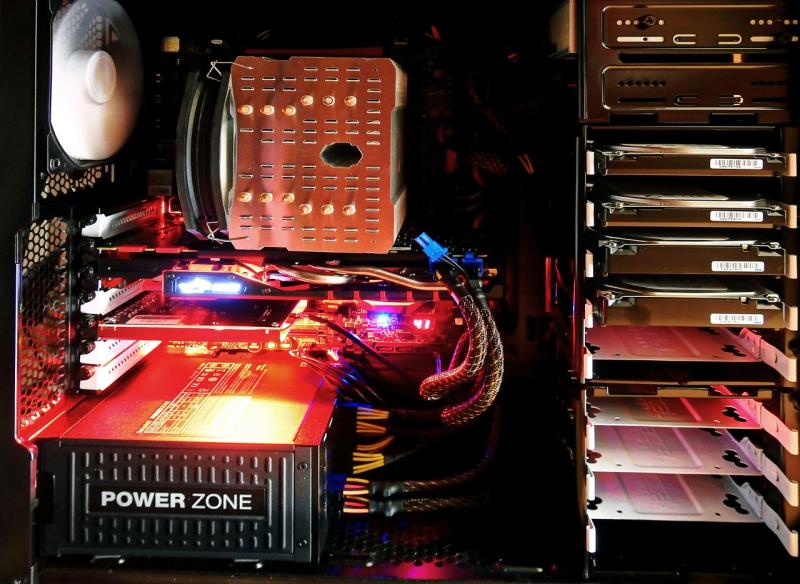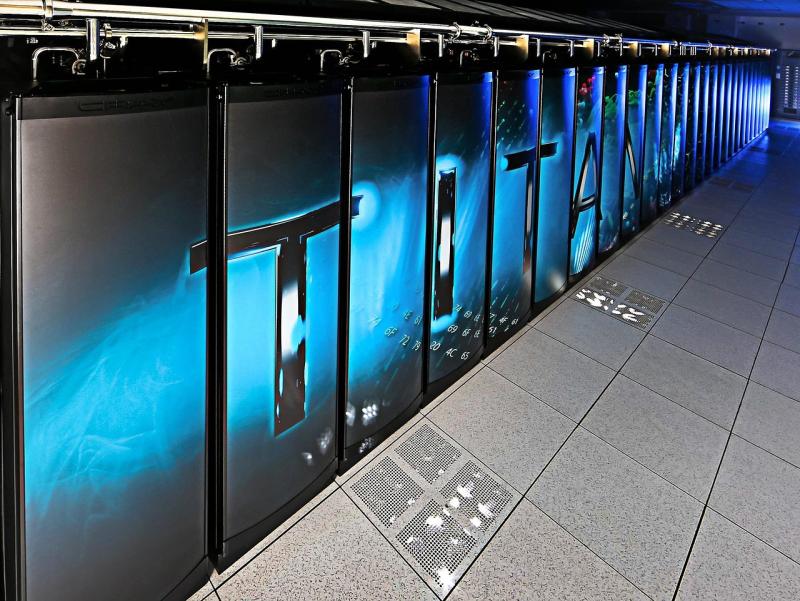Empowering Discovery Through High-Performance Computing
In the fast-evolving world of scientific research, computational power acts as a catalyst for discovery, enabling complex simulations, intricate data analyses, and groundbreaking experiments. A custom PC engineered for scientific research serves as a high-performance workstation that meets the demanding requirements of researchers in fields such as physics, chemistry, engineering, bioinformatics, and climate modeling. This comprehensive guide provides insights into how to build a system that not only accelerates research workflows but also maintains stability, scalability, and precision under intense computational loads.
#### Unrivaled Processing Power for Complex Calculations
Scientific research often involves running algorithms that require high levels of parallel processing—from finite element analysis and computational fluid dynamics to quantum chemistry simulations. At the heart of such a system is a multi-core processor designed to manage heavy computational tasks with ease.
- **Multi-Core and Multi-Threading Efficiency:** Choose a CPU with a high core count (8, 10, 12 cores, or more) and robust hyper-threading capabilities to ensure that parallelized tasks are executed quickly and simultaneously.
- **Optimized Overclocking Potential:** With proper cooling and voltage management, overclocking can yield additional performance gains on a controlled basis. This extra compute power can help shave valuable time off long simulations and iterative computational experiments.
#### Abundant Memory for Data-Intensive Workloads
Large-scale simulations and analytical tasks depend heavily on fast, reliable, and expansive system memory.
- **High-Capacity RAM:** For processing massive datasets and running memory-hungry applications, a minimum of 64GB of RAM is often recommended. Researchers working with extremely large datasets or real-time simulations may benefit from configurations offering 128GB or more.
- **Memory Speed and Latency:** Opt for high-frequency, low-latency memory modules that improve overall system responsiveness. This is crucial when multiple processes access or modify data concurrently, ensuring smooth multitasking and reducing computational bottlenecks.
#### Accelerated Graphics Processing and Parallel Computing
Many scientific applications now leverage GPU acceleration to perform tasks that were once only possible on large-scale supercomputers.
- **Dedicated High-End GPUs:** Investing in powerful GPUs—such as those from NVIDIA’s Tesla/RTX series or AMD’s Radeon Pro lineup—provides thousands of cores designed for parallel computation. These GPUs accelerate tasks ranging from deep learning to Monte Carlo simulations and large dataset visualization.
- **Frameworks and Compute Libraries:** Ensure compatibility with popular compute frameworks like CUDA, OpenCL, and TensorFlow. These libraries maximize the potential of your GPU by distributing complex calculations across many cores, resulting in significantly reduced processing times.
#### Robust and Rapid Storage Solutions
Efficient storage is critical in scientific research, where large simulation files, experimental data, and complex software environments are common.
- **NVMe SSDs for High-Speed Data Access:** Use NVMe SSDs as your primary drive to achieve ultra-fast boot times, application launches, and data read/write operations.
- **Hybrid Storage Configurations:** Combine high-speed NVMe SSDs with high-capacity HDDs or secondary SSDs. This not only facilitates immediate access to active datasets but also provides archival storage for historical data and processed results.
- **RAID Configurations for Data Redundancy:** Consider using RAID arrays to safeguard critical research data and ensure continuous operation even if a drive failure occurs.
#### Advanced Cooling, Stability, and Noise Management
Scientific computations can generate significant heat over prolonged periods. Maintaining a stable operating temperature is essential not only for performance but also for preserving hardware longevity.
- **Efficient Cooling Solutions:** Choose a high-quality cooling system—be it an advanced air cooling setup with high-static pressure fans or a custom liquid cooling loop—that can reliably dissipate heat during extended high-load operations.
- **Thermal Monitoring and Management:** Integrate sensor-based monitoring tools to continuously track CPU, GPU, and overall system temperatures. Automated adjustments such as dynamic fan speed control help prevent thermal throttling and ensure system stability.
- **Quiet Operation:** A noise-optimized cooling design is important in research settings where concentration is key. Low-noise components and careful chassis selection contribute to a distraction-free work environment.
#### Connectivity, I/O, and Expansion Capabilities
A scientific workstation must integrate seamlessly with a myriad of peripheral devices, external instruments, and networking solutions to support collaborative research and data exchange.
- **High-Speed Data Interfaces:** Look for motherboards that support multiple USB 3.2 ports, Thunderbolt interfaces, and high-speed Ethernet or Wi-Fi 6 connectivity. These features facilitate quick data transfers between experimental instruments, external storage, and collaborative servers.
- **Multi-Monitor Support:** High-resolution, color-accurate displays arranged in multi-monitor configurations enhance visualization of simulation outputs, complex datasets, and real-time system performance metrics.
- **Modularity and Future Upgrades:** Selecting a motherboard with extra PCIe slots, multiple M.2 connectors, and additional DIMM slots ensures that your system remains scalable. This modular approach allows you to upgrade key components like RAM, GPU, or storage as research demands evolve.
#### Software Optimization and Maintenance
Hardware is only part of the equation in achieving peak performance. A clean, well-optimized software environment is critical for ensuring that computational resources are devoted solely to research activities.
- **Streamlined Operating System:** Choose an operating system well-suited for scientific workloads. A dedicated Linux distribution—often preferred in research—is optimized for high-performance computing, while custom configurations of Windows can also be tailored to minimize background tasks and system bloat.
- **Regular Updates & Driver Management:** Keeping drivers, firmware, and research applications up-to-date is essential for compatibility and performance improvements. This vigilance minimizes the risk of software conflicts and optimizes task execution.
- **Continuous Benchmarking & Diagnostics:** Implement performance monitoring and benchmarking tools. Routine diagnostics help identify potential bottlenecks or failing components early, allowing you to proactively extend the system’s lifespan and maintain optimal performance.
#### Conclusion: A Future-Proof Research Powerhouse
A custom PC built for scientific research and simulations is an indispensable tool for modern researchers, enabling them to unravel complex phenomena and drive innovation in their fields. By integrating a high-core-count CPU, abundant and fast memory, GPU acceleration, advanced storage solutions, and robust cooling with meticulous connectivity, you create a performance-driven workstation that meets the most demanding data processing tasks. This future-proof system not only accelerates your research but is also scalable enough to adapt to emerging technologies and increasing computational demands—empowering you to push the boundaries of discovery.
---
### SEO Keywords:
custom PC for scientific research, high-performance science workstation, multi-core CPU research PC, GPU acceleration for simulations, high-capacity RAM computational PC, NVMe SSD research build, scalable research PC, advanced cooling for scientific computing, high-speed I/O research workstation, custom PC for data analysis, future-proof scientific PC
View our related products
See more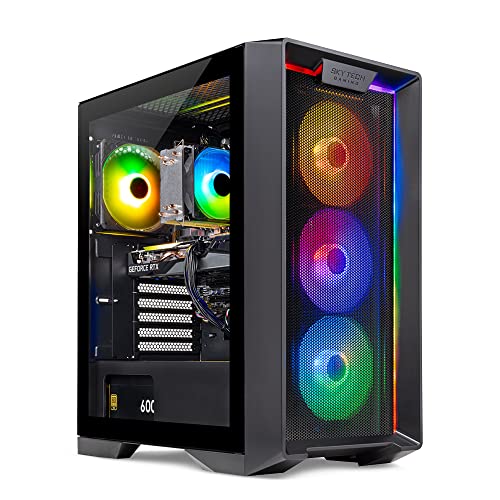
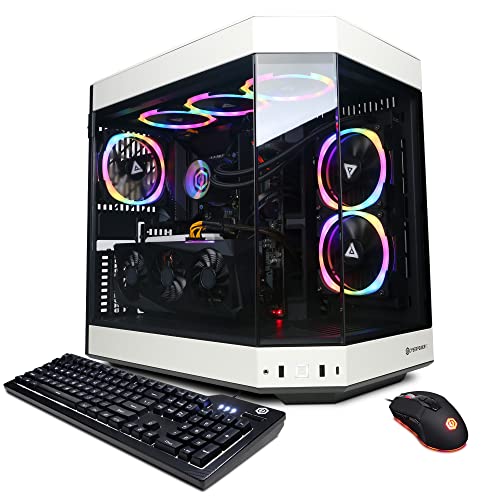
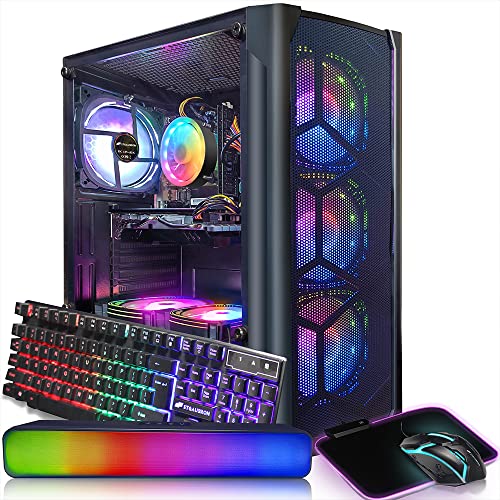
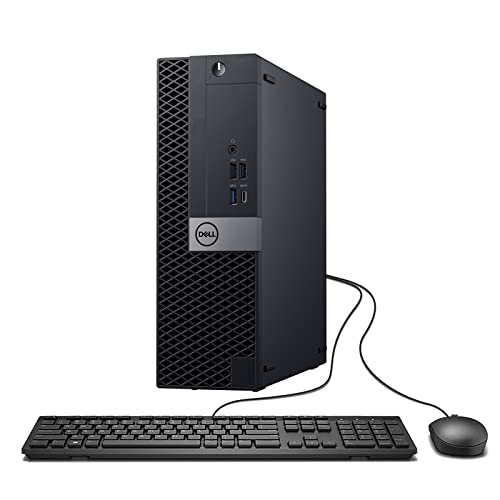
Custom PC for Scientific Research and Simulations
Related Articles
Essential High-Performance PC Components You Need Now
Upgrade your setup with the must-have parts for unbeatable gaming and productivity
Top Picks for Best High-Performance PCs
Find the perfect power machine for gaming, work, or creative projects
Your Guide to the Best High-Performance PCs
Find the Right PC for Your Gaming and Creative Needs
View our related products
See more



